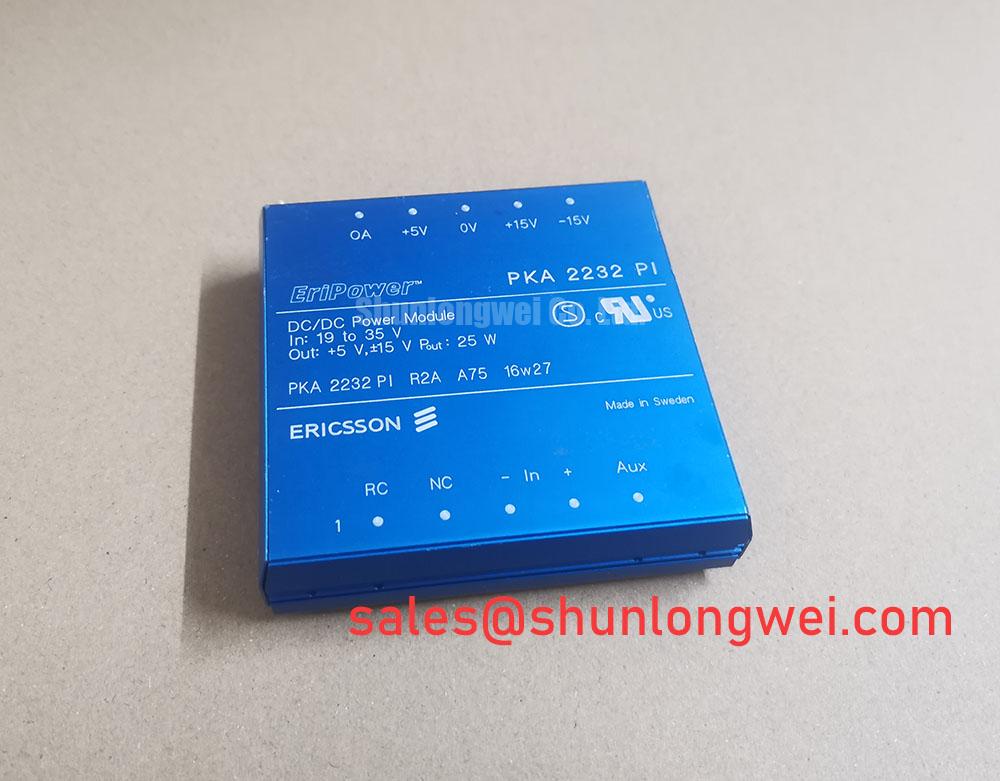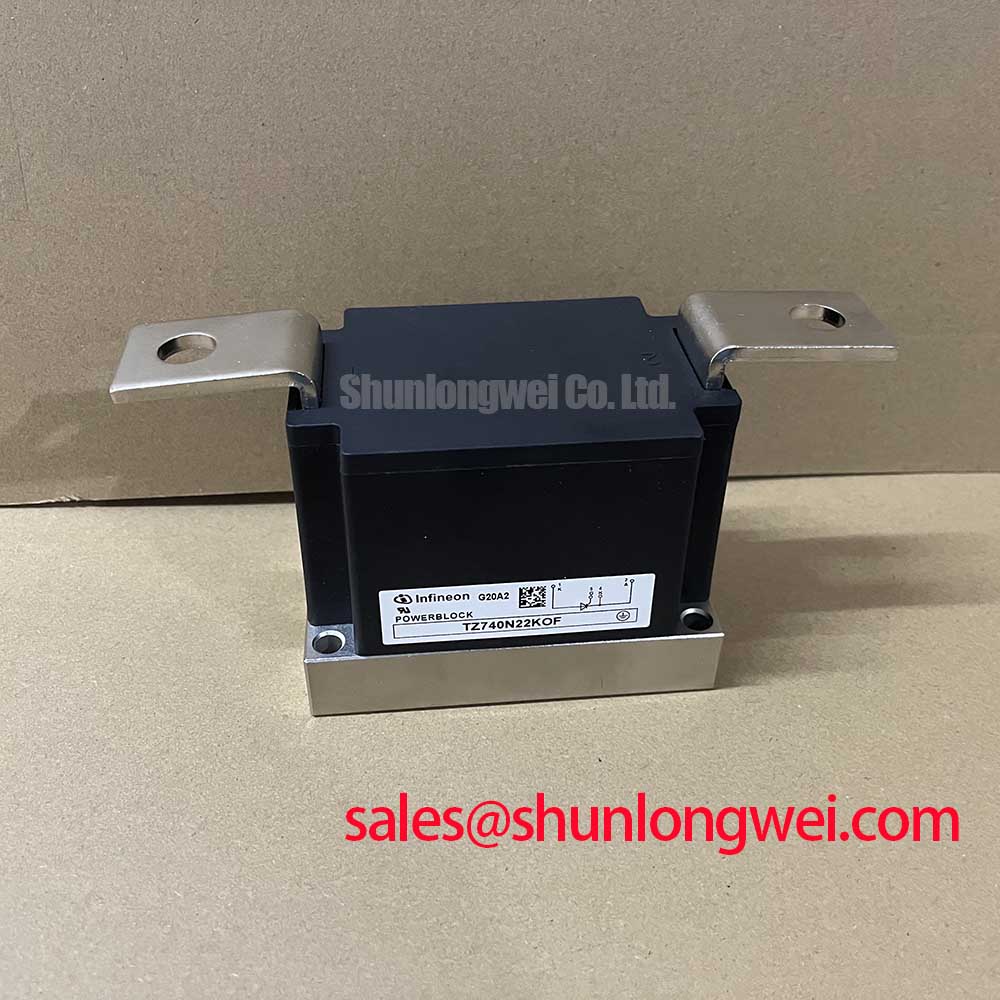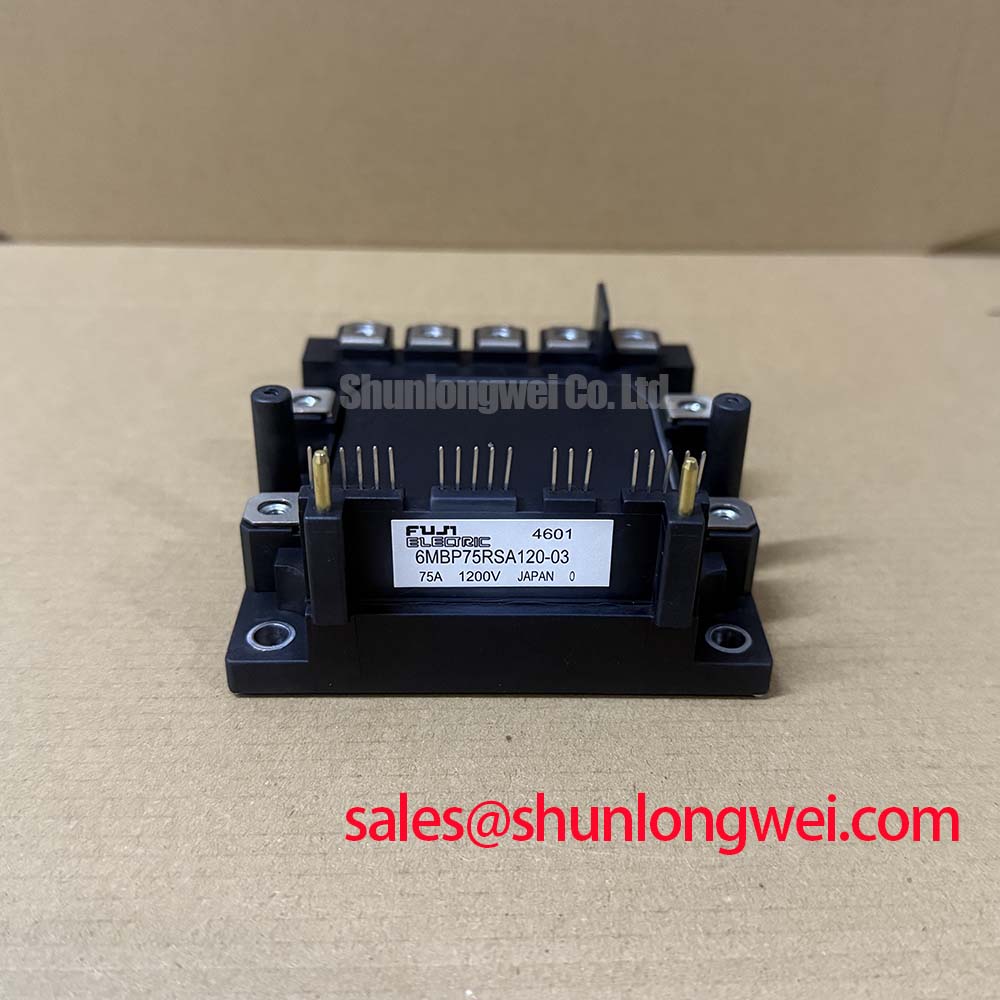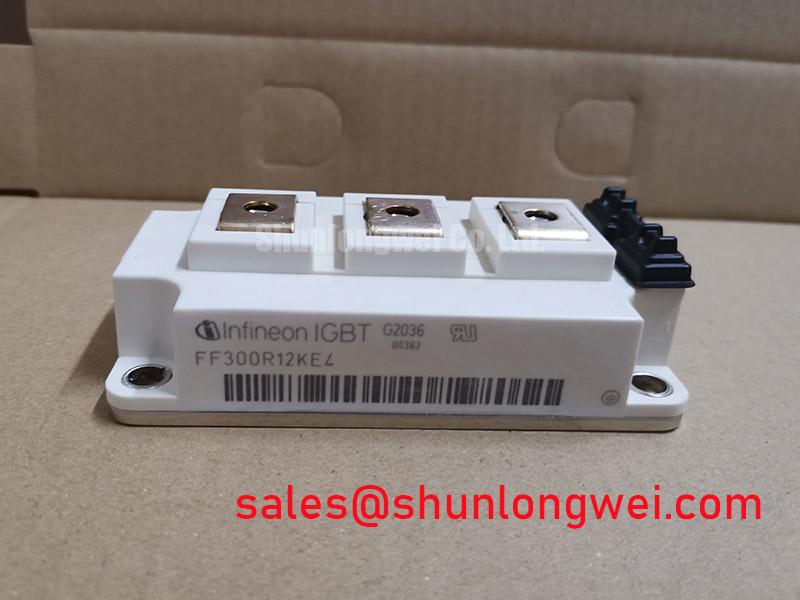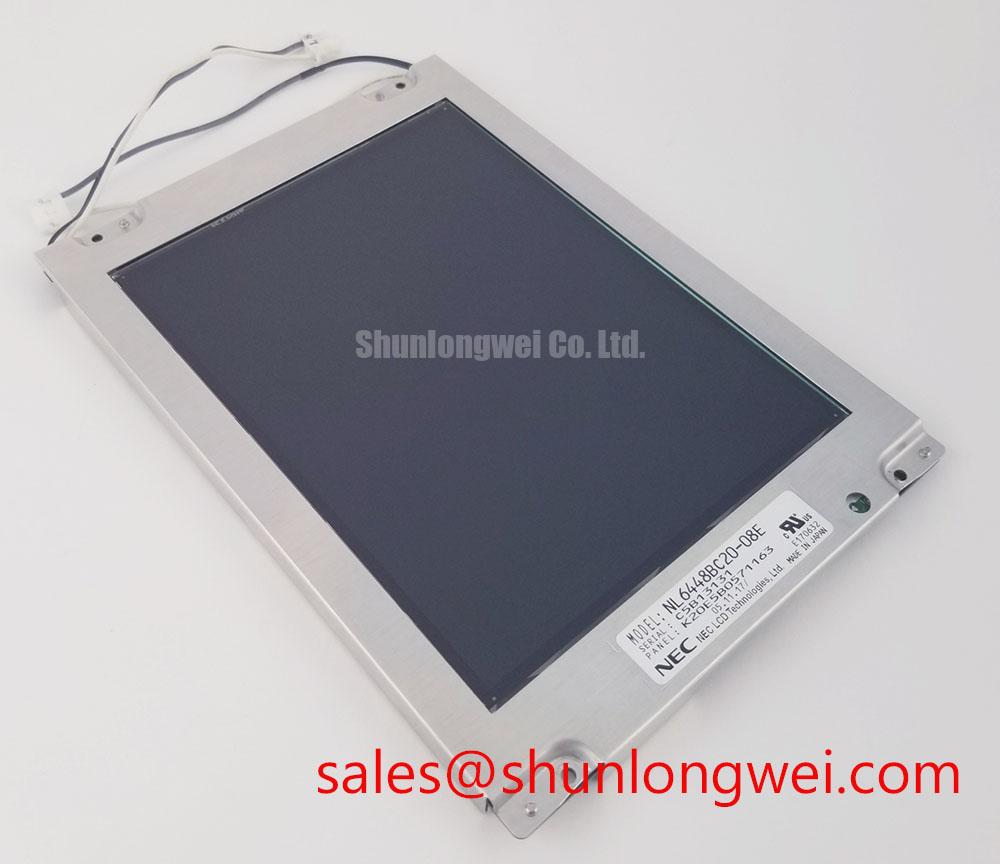PKA2232PI DC/DC Converter: Engineering Insights for High-Reliability 25W Power Conversion
An In-Depth Technical Review of the Ericsson PKA2232PI Power Module
Content last revised on October 8, 2025.
The Ericsson PKA2232PI is a high-reliability 25W DC/DC converter engineered for an exceptionally long operational lifespan in demanding distributed power architectures. Featuring a wide input range of 18-36V, a regulated 5V/5A output, and an MTBF exceeding 200 years, this module provides a proven power solution. Its key benefits include unmatched system longevity and consistent performance in thermally challenging environments. This addresses the critical need for "fit and forget" power components in remote or inaccessible industrial and telecom equipment. For 24V distributed power systems demanding field-proven longevity and thermal resilience, the PKA2232PI offers an unparalleled reliability benchmark.
Key Parameter Overview
Decoding the Specs for Long-Term Operational Stability
The technical specifications of the PKA2232PI are centered on delivering consistent, reliable power under a wide range of operating conditions. The combination of high efficiency and a robust thermal design is critical for designers of compact, high-density systems.
| Parameter | Value | Engineering Significance |
|---|---|---|
| Input Voltage Range (Vi) | 18 V – 36 V DC | Ensures stable operation in 24V nominal systems, accommodating significant voltage drops or surges typical in battery-backed or long-line industrial applications. |
| Output Power (Po) | 25 W (5 V / 5 A) | Provides ample power for a wide range of logic, control, and communication circuits. |
| Typical Efficiency (η) | 81% at 24V Input, Full Load | Reduces waste heat, minimizing the need for extensive thermal management hardware and lowering system operating temperature. |
| MTBF (Mean Time Between Failures) | > 200 years at +75°C Case | An exceptional indicator of long-term reliability, critical for reducing maintenance cycles and total cost of ownership in inaccessible systems like telecom base stations. |
| Isolation Voltage (Viso) | 1,500 V DC | Provides robust safety isolation between input and output, essential for meeting IEC/EN/UL 60950 standards and protecting downstream components. |
| Case Operating Temperature (Tc) | -45°C to +100°C | A very wide operating range confirms suitability for harsh industrial and outdoor environments, from extreme cold to high heat. |
Download the PKA2232PI datasheet for detailed specifications and performance curves.
Application Scenarios & Value
System-Level Benefits in Distributed Power Architectures
The PKA2232PI is optimized for Distributed Power Architectures (DPA), where intermediate bus voltages are converted to lower voltages at the point of load. This approach minimizes power loss and improves transient response.
A high-fidelity engineering scenario is its use in a remote telecom base station's control unit. In this application, the primary power may come from a 24V battery backup system. The PKA2232PI's wide input range of 18V to 36V is critical for maintaining a stable 5V output even as the battery voltage fluctuates during charge and discharge cycles. Furthermore, these cabinets are often sealed and exposed to solar radiation, leading to high internal ambient temperatures. The module's ability to deliver full output power up to +85°C case temperature (with 1.5 m/s airflow) eliminates the risk of performance derating, ensuring the continuous operation of critical communication hardware. This robust thermal performance means the system remains reliable without complex and costly cooling solutions. For the higher power AC-DC front-end of such systems, components like the SKM75GB128D may be utilized to create the initial DC bus voltage.
Frequently Asked Questions (FAQ)
Engineering Queries on the PKA2232PI
What does an MTBF of over 200 years at +75°C practically mean for a system designer?
This figure represents an extremely low statistical probability of failure under specified conditions. For a designer, it translates into a high degree of confidence in the module's longevity, making it an ideal choice for systems where maintenance is difficult or prohibitively expensive, such as remote monitoring equipment or core network infrastructure.
How does the wide 18-36V input range of the PKA2232PI benefit systems with battery backup?
It ensures continuous, regulated 5V power throughout the battery's entire discharge curve. As the battery depletes and its terminal voltage drops from a nominal 24V towards 18V, the converter continues to function flawlessly, preventing system resets or shutdowns and maximizing the usable capacity of the battery backup system.
What is the primary benefit of the module's 81% efficiency?
The primary benefit is reduced heat generation. With 25W of output power, an 81% efficiency means only about 5.9W is dissipated as heat. This low thermal load simplifies heatsink selection and can enable passively cooled designs in certain environments, reducing system size, cost, and potential points of failure (like fans).
Is the industry-standard half-brick footprint an important feature?
Yes, it is highly important for both new designs and legacy system upgrades. This standardized footprint allows for multi-sourcing and simplifies PCB layout. It enables designers to drop the PKA2232PI into existing designs as a high-reliability upgrade without requiring a board redesign, significantly reducing development and qualification time.
Technical Deep Dive
A Closer Look at the Design Philosophy for Extreme Reliability
Achieving a calculated MTBF of over 1.75 million hours is not accidental; it is the result of a deliberate design and manufacturing philosophy. The reliability of the PKA2232PI is built upon a foundation of carefully selected components with proven field performance, conservative design margins, and a highly automated manufacturing process that ensures consistency. The module's thermal design is a key pillar of this reliability. By efficiently transferring heat from the internal components to the case, the operating temperature of critical semiconductors is kept low, which is a direct factor in extending their operational life. This is analogous to how an engine's cooling system is vital for its long-term health; effective thermal management is fundamental to the longevity of any power electronic device.
Strategic Power Design
Integrating the PKA2232PI is a strategic decision for systems where long-term reliability and total cost of ownership are the primary design drivers. Its performance characteristics provide engineers with the confidence to deploy critical equipment in challenging environments, knowing the power foundation is exceptionally stable and built to last. This focus on durability minimizes future maintenance liabilities and ensures maximum system uptime, aligning with the strategic goals of high-availability industries like telecommunications and industrial automation.

